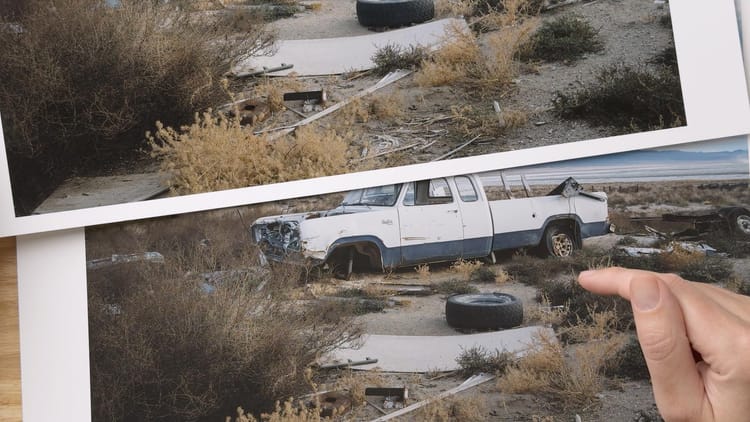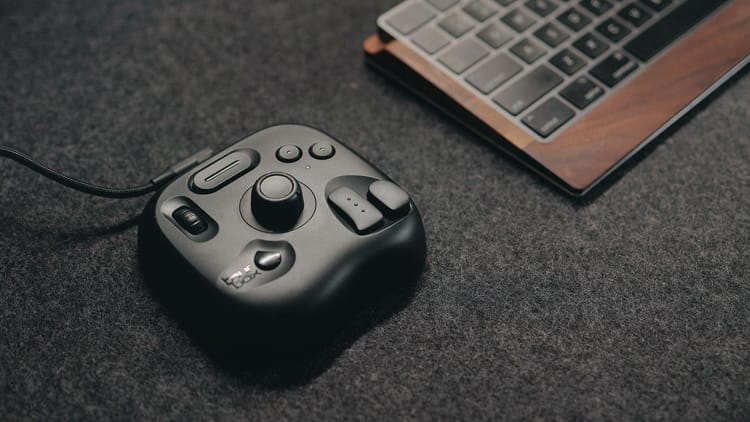
Freewell K2 review: One filter system for everything
Freewell has introduced K2, a new hybrid filter system combining the modularity of a videography matte box (or photography square filter holder) with the convenience of front-mounting, quick-swap magnetized filters. The system is similar to Freewell's earlier magnetized VND system, but expanded to support additional filter types including solid NDs, graduated NDs, cinemorphic filters and diffusion filters.
Freewell designed K2 to be a single, future proofed filter system for videography and photography that expands and grows without switching to an entirely different system. K2 certainly delivers on that promise, but it may not be the right product for everyone. Let's dive in.
- One filter system for photos and videos
- Solid construction and design
- Better, more neutral variable NDs
- Four adapter rings included
- Nice carrying case
- Could be more system than most people need
- Only one slot for effect filters
- Inner filters impossible to remove when wearing gloves
- Proprietary design, incompatible with non-K2 filters
Disclaimer: Freewell provided all products featured in this review. This review is not paid for or sponsored, nor has Freewell had any editorial involvement. All opinions are my own.
How the K2 filter system works
The K2 hardware mounts to the front of any lens with circular filter threads. K2 comes with four adapters for the most common lens diameters (67, 72, 77 and 82mm), with additional ring sizes available separately. The holder quickly mounts to an adapter ring by pressing and holding two red buttons on its side, sliding onto the circular ring, then releasing the buttons. Two red twist locks may be tightened to prevent unwanted rotation. There's also an integrated spirit level on the back of the holder to help align graduated drop-in filters.

Mount the adapter rings on multiple lenses, and the entire holder (with filters) can be detached and reattached when swapping lenses. This is notably faster and easier than unthreading and threading circular filters.
The base K2 kit includes 1-5 and 6-9 stop variable NDs split into two panes of polarized glass. One pane (called a "VND Base filter") magnetically mounts inside the holder, while the other magnetically mounts to the front. Special grooves underneath the front VND filter prevent it from rotating past its lowest and highest densities (aka "hard stops"). This helps mitigate the effects of cross-polarization which can cause uneven exposure darkening.

Without the VND Base filter inside the holder, the flip side of each VND may be used as a circular polarizer (CPL) to increase clarity and remove reflections on hard surfaces. The CPL on the flip side of the 1-5 VND darkens exposure by 1 stop, while the 6-9 stop VND is 3 stops. The CPL sides of each filter do not have hard stops and rotate 360 degrees just like a normal, threaded CPL.
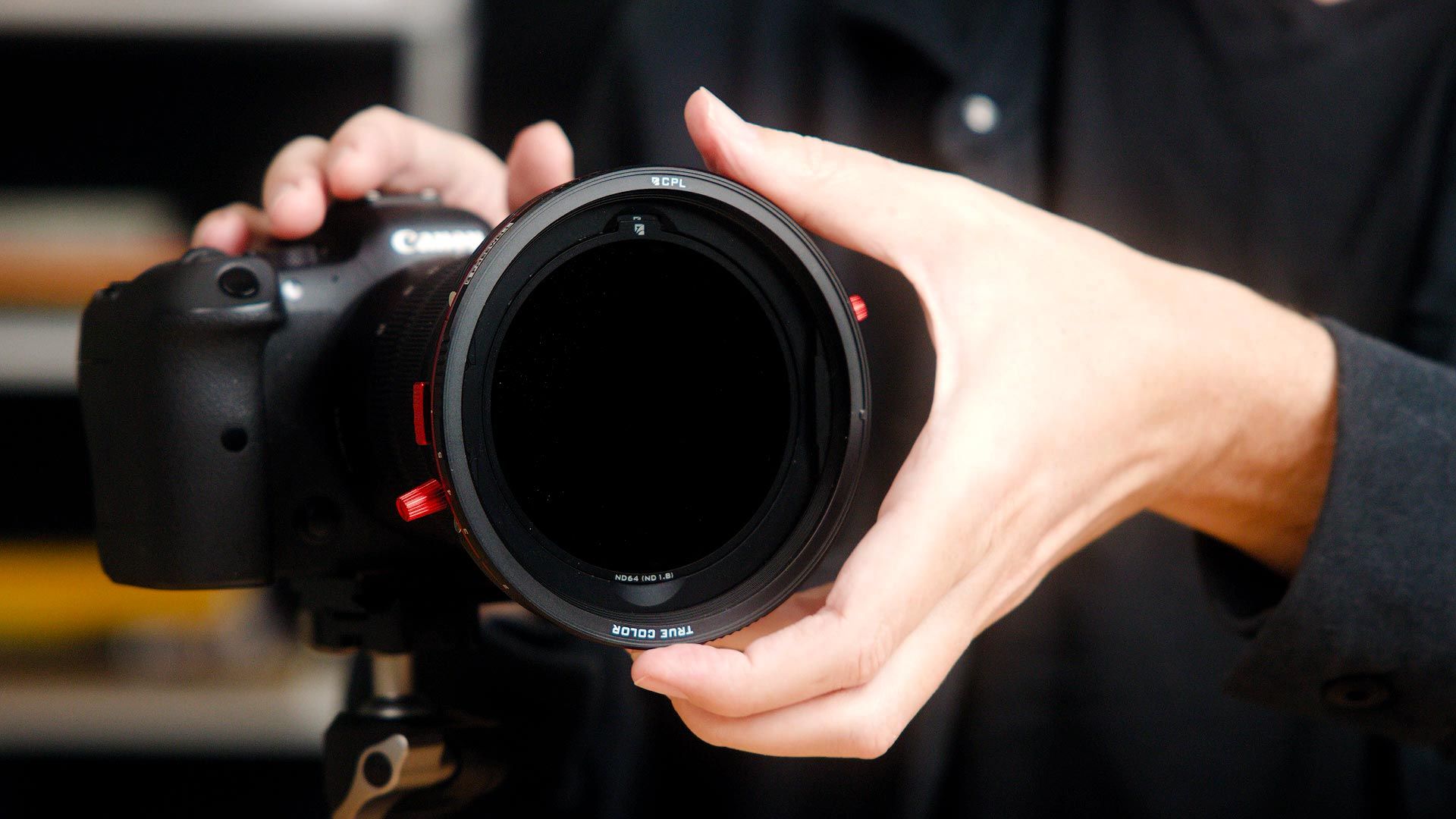
The K2 system also includes solid neutral density filters. Solid NDs are more cumbersome and expensive (for you need more of them) compared to VNDs, but are more color accurate, contribute little to no color cast, and are less susceptible to cross polarization (especially when shooting outdoors). The K2 solid NDs fit inside the holder where the aforementioned Base VND filter mounts.
Finally there are the K2 special effect filters, which are inserted through a single slot in the top of the holder. The K2 system includes graduated NDs to help balance exposure, diffusion filters to gently reduce clarity and soften contrast, and light streak filters (gold and blue) that emulate the look of anamorphic lenses used in Hollywood films.

All of the aforementioned filters — variable NDs, solid NDs, effect filters — may be combined for different shooting scenarios. This is K2's best feature, for it allows a photographer and/or videographer to mix filters without changing systems.
Optical quality of K2 filters
Freewell provided me with two K2 solid NDs (ND64, ND1000) and two variable NDs (1-5 stops, 6-9 stops). I tested the optical quality of all four, and none degraded sharpness or clarity. The K2 Solid NDs contribute little if any color cast, and appear nearly identical to control images captured without filters.
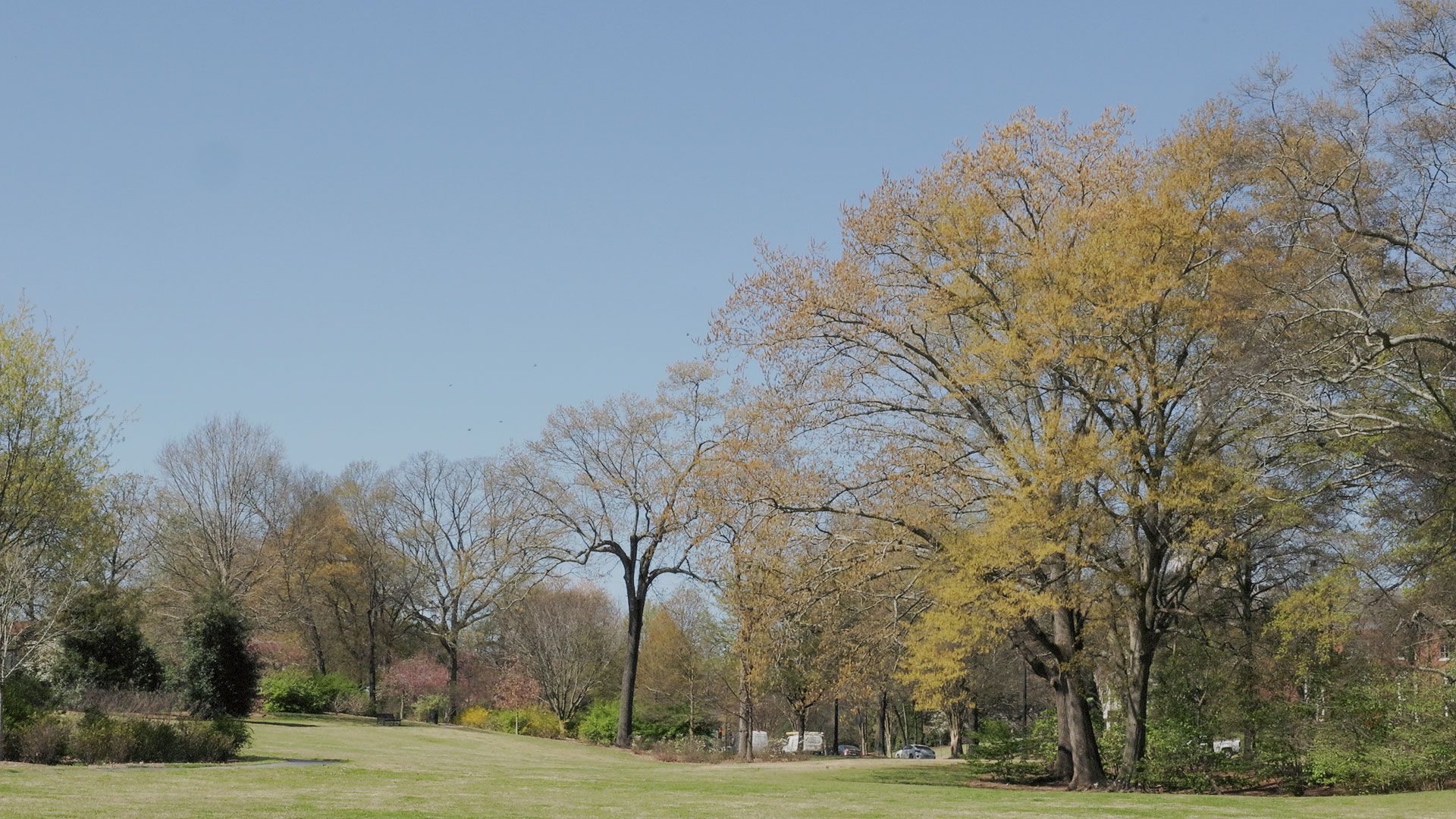
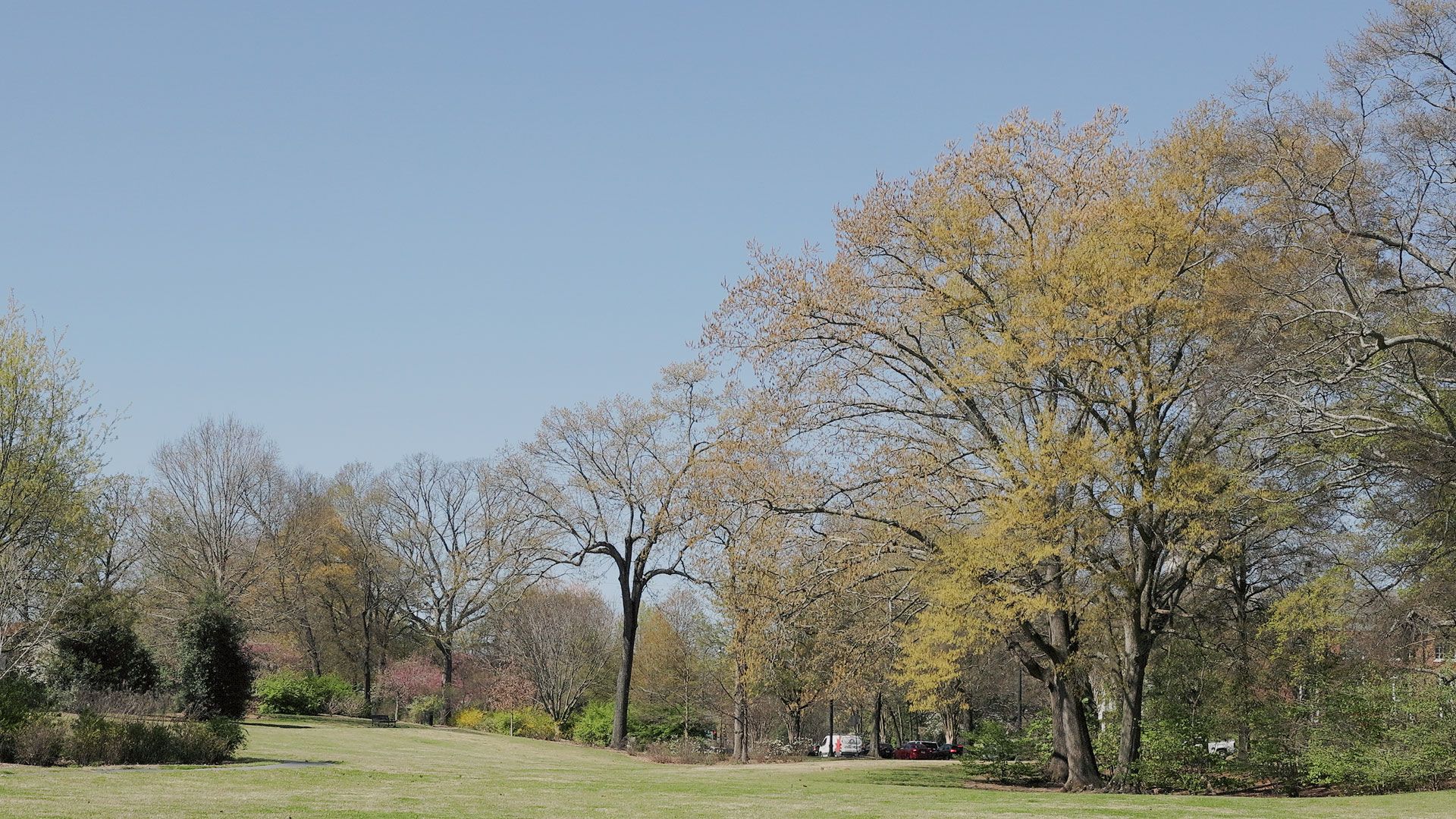
The K2 VNDs use updated glass (which Freewell calls "True Color") that is more color neutral compared to the warm, yellow tint seen in Freewell's older magnetized VNDs. The image below compares 4 stops on the older 2-5 magnetic VND compared to 4 stops on K2's 1-5 magnetic VND. I actually don't mind the warming effect on outdoor footage, but it's better to capture truer colors.
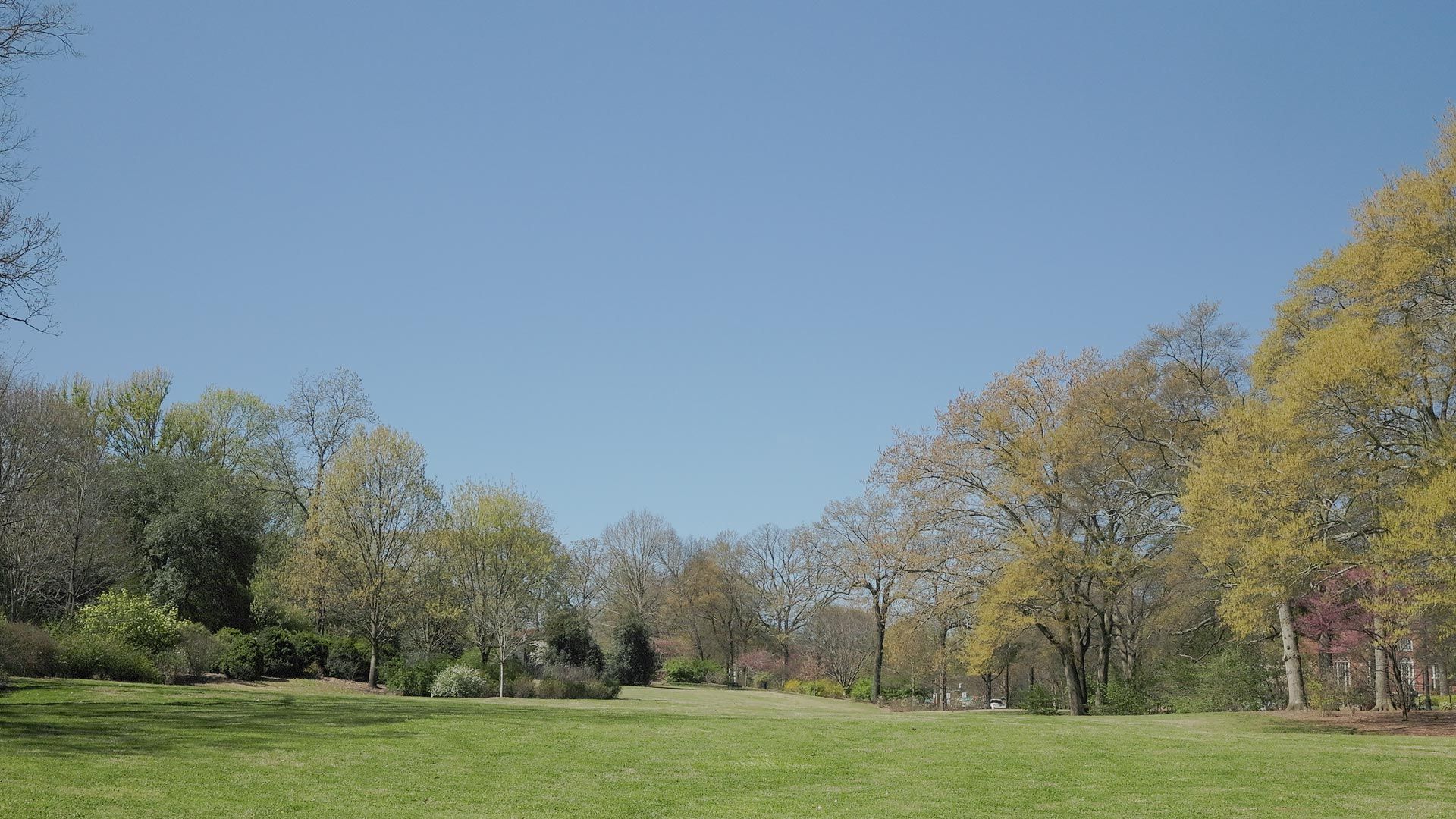

When used in controlled lighting environments, outdoors on overcast days, or any situation without blue skies and bright sunshine, the K2 VNDs perform well, with little-to-no difference between each density (see comparison video below). There is some filtration of light (due to their polarized glass construction), but overall they do the job.
When the K2 VNDs are used on bright sunny days, their polarized glass turn skies deep blue and splotchy. This is simply how all VND filters work, and the K2 VNDs are no different. In bright, outdoor settings it's better to use solid NDs.
Freewell also provided me with a 1/2 strength Snow Mist diffusion filter. I've tested their Snow Mist filters before, and in my tests they do a good job of softening contrast and clarity but without adding strong bloom to practical lights and bright highlights. Good filter for making digital footage look a little less "digital" (more filmic). I would expect to see Freewell add other diffusion mist filters to the K2 system.
Using K2 for still photography
Speaking as someone who frequently shoots still images and video, I often pack one set of filters for photography (solid NDs) and one set for run-and-gun video (VNDs). K2's support for both means I would only need to pack one system.
Photographers often utilize solid NDs and circular polarizers to slow their camera's shutter speed with the former and remove harsh reflections with the latter. A particularly popular filter combination in outdoor and landscape photography. Another common photography filter is the graduated ND. This is a rectangular-shaped filter with glass that softly darkens from one end towards the center, or from the center outward (a reverse graduated ND). These filters are similar to applying a linear gradient mask in Lightroom, except these are used to balance exposure in the field when an image is created. Graduated NDs can be especially helpful with overly bright skies or foregrounds.

In my tests, the K2 system works fine for still photography, though the experience of using solid NDs is more cumbersome and fiddly than other systems. That's because the solid NDs are small and mount inside a thin, magnetized slot inside the holder. They then must be carefully lifted out with a fingernail when removing or swapping densities. They cannot be removed while wearing gloves.
From my perspective, K2 is a videography-first system that can absolutely be used for still photography as well, but the experience isn't as smooth compared to other types of solid NDs (threaded, magnetized, square holders, etc).
Cost of ownership
Freewell has introduced K2 through a crowd-funding campaign with steep discounts for early-bird backers. The "Starter" system includes the filter holder, two variable NDs (1-5 and 6-9 stops), four adapters, plus a carrying case for $349 (super early bird pricing) or $499 once at retail. Freewell is also offering a "Creative Capture" bundle that adds the Snow Mist diffusion filter ($399 early bird, $569 retail), plus "Landscape" that adds a solid ND and graduated ND ($449 early bird, $659 at retail).
A single, quality threaded VND costs $175 on average (depending on brand). This costs less than K2, but a single filter cannot be used on multiple lenses without buying more filters (at different diameters) or using annoying step-up rings. Then there's the additional cost of adding diffusion filters, solid NDs and/or graduated filters. Before long, a videographer/photographer could spend well over a thousand dollars to get every filter they need.
In that context, K2 does offer better value than buying filters individually as along as the purchaser intends to use multiple filters and lenses with different diameters. The more variants there are, the more value K2 provides.
Pros and cons of K2
K2 is well designed, well constructed, and offers every type of filter a videographer and/or photographer would likely ever need. I like the simplicity of using a single system, and not having to pack multiple filter kits for capturing photos and videos. I especially like the system's modular design, ability to combine different filters to achieve a variety of creative effects, and ability to quickly unmount and remount to other lenses using its provided adapters. Optically, K2's VNDs and solid NDs are top quality.
Adding, removing, and swapping K2's solid NDs feels a bit awkward, and I also think K2 could be overkill for some users. If however you utilize a variety of filters and effects, or simply want full creative flexibility, K2 provided pretty much every filter combination you could ever need. For those who shoot photos and videos and frequently utilize a variety of filters, K2 is a good investment, especially while the crowdfunding campaign is active.
Speaking of, click the button below to check out K2's current pricing options.

